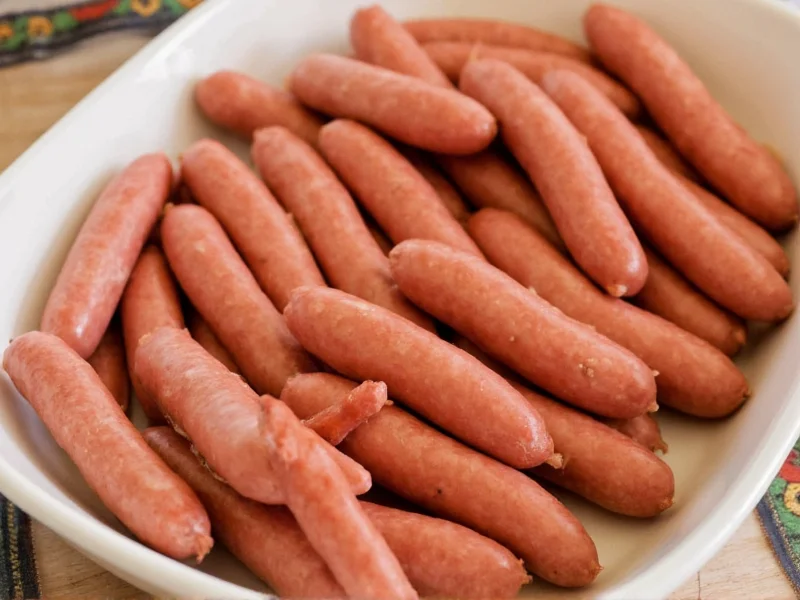When you're wondering how to spell sausage correctly, the answer is straightforward: sausage. This six-letter word follows English spelling conventions despite its Germanic origins. Many people misspell this common food term, but understanding its structure helps ensure accuracy every time you write it.
Breaking Down the Spelling of Sausage
The word sausage contains two challenging elements that often trip up spellers. First, it begins with "sau" rather than "saw" or "sow." Second, it ends with "-age" instead of "-edge" or "-ege." Remembering these components prevents common errors.
Common Misspellings to Avoid
| Incorrect Spelling | Why It's Wrong | Correct Version |
|---|---|---|
| sosage | Missing the first "a" and "u" | sausage |
| sosige | Incorrect vowel combination | sausage |
| sawsage | Extra "w" not present in original | sausage |
| sosshage | Unnecessary "sh" sound | sausage |
| sausidge | "-idge" ending instead of "-age" | sausage |
Etymology and History of the Word
The term sausage entered English around 1400 from the Old North French salsiche, which derived from the Latin salsus meaning "salted." This reflects the traditional preservation method for this meat product. Understanding this origin helps remember that "sau-" relates to salt preparation rather than sounding out like "saw" would suggest.
Using Sausage Correctly in Sentences
Proper spelling matters most when you actually use the word. Consider these examples showing correct usage:
- The chef prepared a delicious breakfast featuring locally made sausage and eggs.
- German sausage varieties include bratwurst, weisswurst, and bockwurst.
- For the barbecue, we bought Italian sausage with fennel seeds.
- Learning how to spell sausage correctly prevents embarrassing mistakes in writing.
Memory Tricks for Spelling Sausage
Create mental associations to remember the correct spelling:
- Think "SAU" like "saw" but with a "u" - S-A-U
- Remember it has two "a"s together - S-A-U-S-A
- Ends with "-age" like "cabbage" or "garage" - S-A-U-S-A-G-E
- Use the mnemonic: "Silly Alligators Usually Squeeze Apples Gracefully Eating"
Regional Variations and Related Terms
While the spelling remains consistent across English-speaking regions, terminology varies:
- In British English, "banger" serves as a colloquial term for sausage
- American English often specifies types like "breakfast sausage" or "Italian sausage"
- The plural form follows standard rules: sausages (not "sausagees")
- Related terms include "sausage-making," "sausage casing," and "vegetarian sausage"
Why Correct Spelling Matters
Accurate spelling of common food terms like sausage impacts communication in multiple settings. Whether you're writing a restaurant menu, grocery list, recipe blog, or academic paper about culinary history, using the correct spelling sausage establishes credibility. Misspelling this everyday word can undermine your authority, especially in professional food writing contexts where precision matters.
Tips for English Language Learners
For non-native speakers struggling with how to spell sausage, focus on these pronunciation clues:
- The word has two syllables: saw-sij (not "saw-seej")
- The "g" makes a soft "j" sound as in "garage"
- Practice writing it while saying each letter: S-A-U-S-A-G-E
- Use flashcards with the correct spelling visible during cooking or meal planning











 浙公网安备
33010002000092号
浙公网安备
33010002000092号 浙B2-20120091-4
浙B2-20120091-4